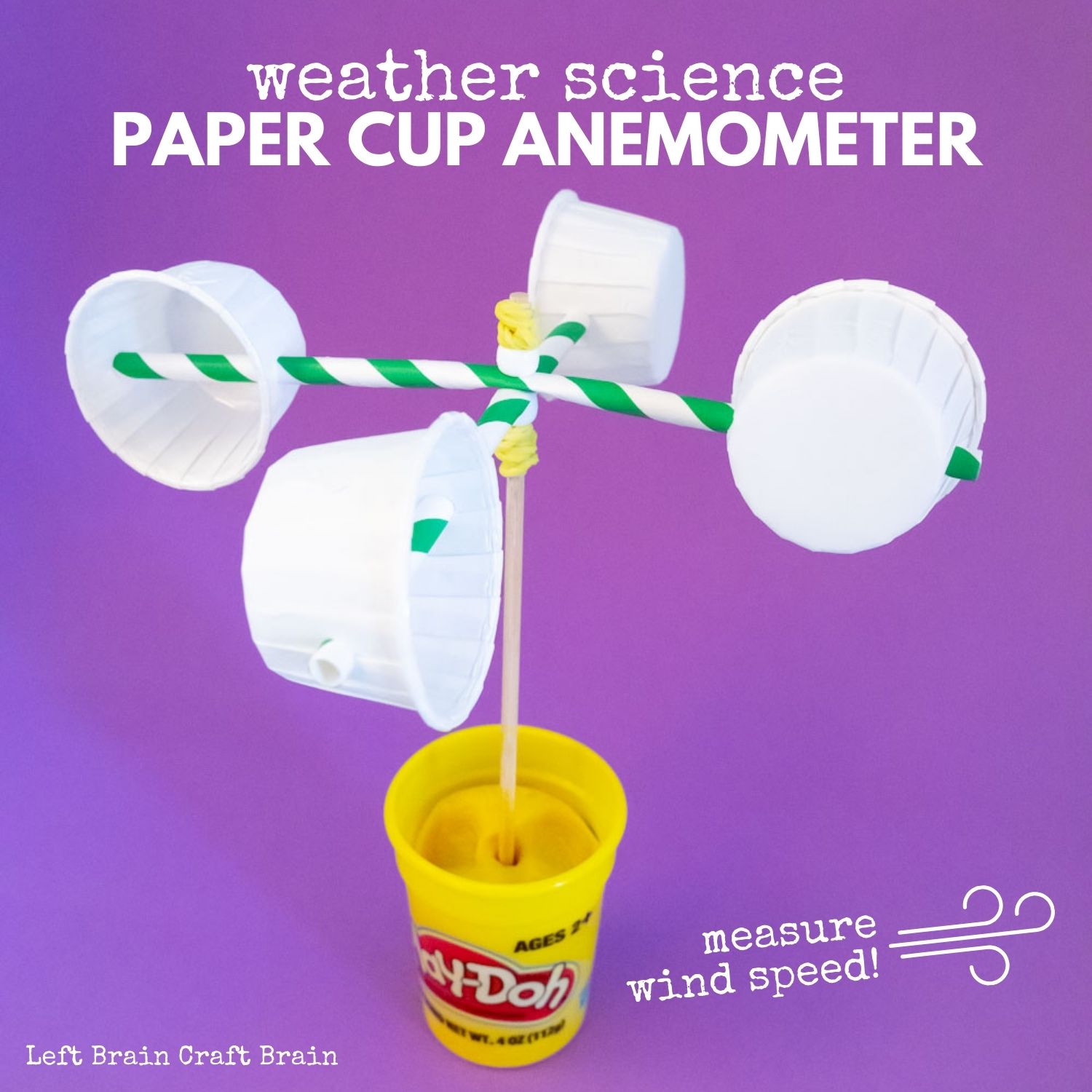Expert Tips for Adjusting Your Anemometer for Ideal Efficiency
Expert Tips for Adjusting Your Anemometer for Ideal Efficiency
Blog Article
Anemometers Revealed: Comprehending Their Relevance in Environmental Tracking and Precaution
The function of anemometers in environmental tracking and security measures is typically ignored, yet their importance is undeniable. These instruments have a lengthy background rooted in scientific inquiry and technological innovations, advancing to come to be necessary tools in various fields. From weather forecasting to air travel safety, anemometers play an important role in providing exact information that informs decision-making procedures and boosts general security. Understanding the details of anemometers introduces a world of critical understandings that are essential to our understanding of the environment and the procedures we take to make certain security.
Background of Anemometers
The development of anemometers can be mapped back to the ancient human beings where basic wind gauging devices were very first utilized. These early wind dimension devices laid the foundation for the advancement of more advanced anemometers with time. One of the earliest recognized anemometers was the hemispherical mug anemometer invented by Leon Battista Alberti in the 15th century. This style included 4 hemispherical cups that gathered wind power, providing a measurement of its strength based upon the rate of rotation.
Over the years, advancements in innovation led to the growth of more contemporary anemometers, including ultrasonic anemometers and laser Doppler anemometers, using raised accuracy and effectiveness in determining wind speed and direction. The background of anemometers showcases an impressive trip of advancement and development in the field of weather forecasting.
Kinds of Anemometers
Throughout the field of meteorology, numerous kinds of anemometers have been established to properly measure wind speed and instructions. Sonic anemometers utilize ultrasonic signals to gauge wind speed and direction precisely. Hot-wire anemometers run based on the principle that the cooling result of wind on a warmed cable is proportional to the wind rate.
Applications in Meteorology
Having actually gone over the different types of anemometers made use of in weather forecasting for measuring wind speed and instructions, it is important to discover their sensible applications in the area. Anemometers play a vital function in meteorology by offering real-time and exact data on wind problems (anemometer). Meteorologists make use of anemometers to keep an eye on wind speed and instructions to anticipate weather condition patterns, concern warnings for serious climate events like hurricanes, storms, and twisters, and examine weather for air travel safety
In meteorology, anemometers assist visite site in recognizing regional and neighborhood wind patterns, which are essential for anticipating weather condition modifications and identifying climatic fads. These tools are also used in research study to research microclimates, metropolitan warmth islands, and air pollution diffusion. In addition, anemometers are utilized in farming to enhance crop monitoring techniques, such as watering and pesticide application, based on wind conditions.
Value in Aviation Safety And Security
An essential element of ensuring air travel safety and security lies use this link in the meticulous monitoring of wind conditions utilizing anemometers. Anemometers play a vital function in air travel by giving real-time information on wind speed and instructions, assisting pilots in making educated choices during take-off, touchdown, and flight. Unforeseeable and strong winds can dramatically influence airplane procedures, making it vital for air travel authorities to count on precise wind dimensions to ensure the security of travelers and staff.

In the dynamic environment of aeronautics, where even minor adjustments in wind rate and instructions can have extensive results, anemometers stand as indispensable tools for promoting secure and secure flight.
Duty in Environmental Research
Anemometers play an important function in environmental study by offering vital information on wind speed and direction. By properly measuring wind qualities, anemometers aid researchers evaluate the activity of pollutants in the air, examine the influence of commercial exhausts, and predict the spread of pollutants in the setting.
:max_bytes(150000):strip_icc()/GettyImages-186864034-58e3355e5f9b58ef7e576b44.jpg)

Verdict
In final thought, anemometers this link have played an essential function in ecological monitoring and safety steps. Recognizing the value of anemometers is essential for accurately measuring wind speed and instructions, which is important for forecasting weather condition patterns, making sure safe aeronautics operations, and conducting environmental researches.
One of the earliest recognized anemometers was the hemispherical cup anemometer developed by Leon Battista Alberti in the 15th century. Over the years, innovations in technology led to the development of even more contemporary anemometers, including ultrasonic anemometers and laser Doppler anemometers, providing increased accuracy and efficiency in determining wind rate and instructions. Hot-wire anemometers run based on the concept that the cooling impact of wind on a warmed cord is proportional to the wind rate. Meteorologists make use of anemometers to check wind speed and instructions to anticipate weather condition patterns, concern cautions for serious climate events like tornados, cyclones, and twisters, and examine atmospheric problems for air travel safety.
Comprehending the importance of anemometers is vital for precisely determining wind speed and instructions, which is important for anticipating weather condition patterns, making sure risk-free aeronautics procedures, and performing environmental research studies. (anemometer)
Report this page